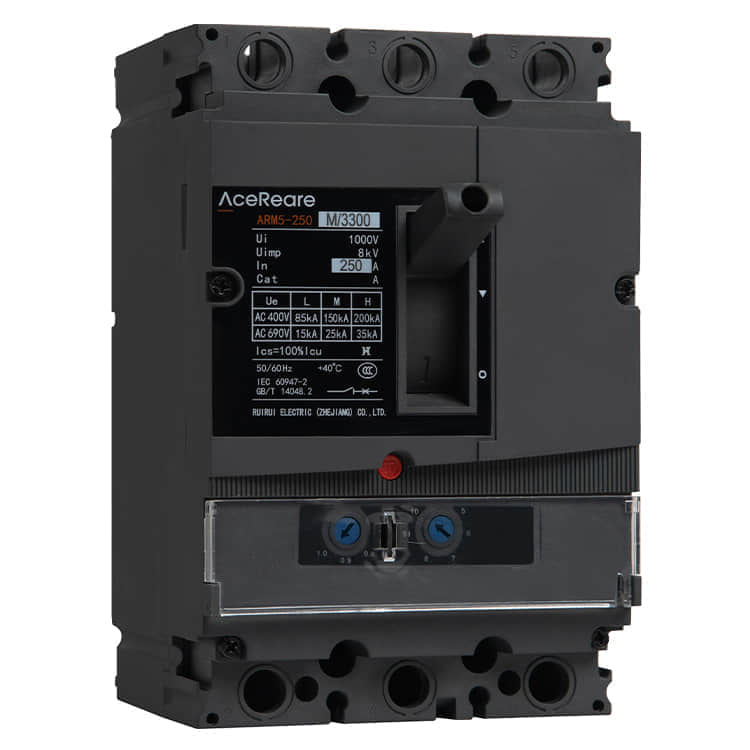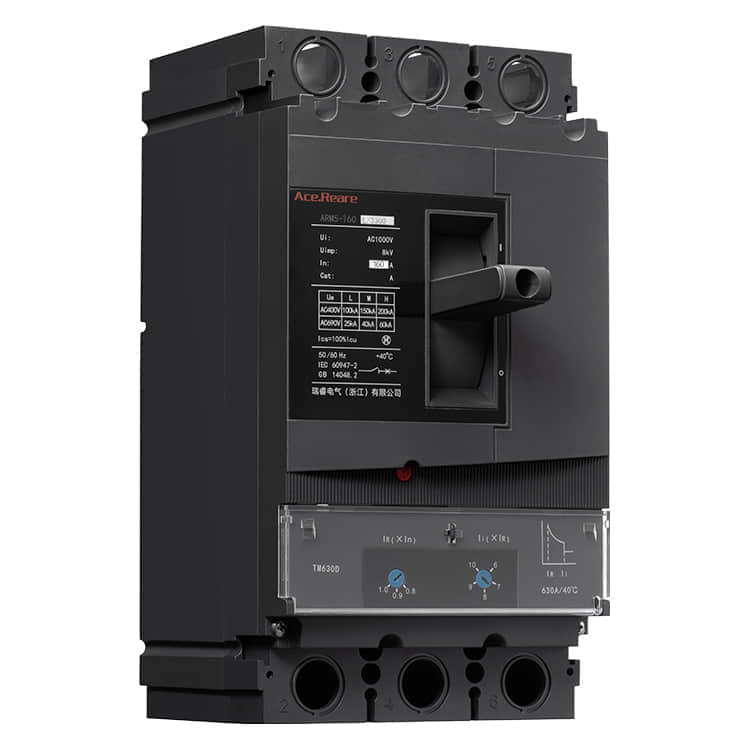In the realm of electrical engineering and power distribution, innovation continues to drive the development of advanced technologies that enhance safety and efficiency. One such innovation that has gained prominence is the Double-Breaker Moulded Case Circuit Breaker (DB MCCB). This groundbreaking electrical component combines the strengths of traditional moulded case circuit breakers with a dual-breaker configuration, ushering in a new era of electrical protection and control.

Moulded Case Circuit Breakers (MCCBs) have long been an essential component in electrical systems, serving as vital safety measures to prevent overcurrent and short-circuit situations. They offer protection to both electrical circuits and equipment, safeguarding against potential damage and hazards. However, the growing complexity of modern electrical systems demands even higher levels of safety and versatility, which led to the evolution of the DB MCCB.

The DB MCCB incorporates two distinct circuit breakers within a single compact unit. Each breaker can be independently controlled and set to different current ratings, enabling greater customization and adaptability for diverse applications. This dual-breaker configuration brings several key advantages to the table. Firstly, the DB MCCB provides enhanced reliability. With two separate circuit breakers, it becomes possible to isolate different sections of an electrical system. In case of a fault in one section, the other section remains operational, reducing downtime and ensuring continuous power supply to critical equipment. This redundancy can be particularly vital in industries where uninterrupted power is a prerequisite, such as data centers, manufacturing plants, and hospitals. Secondly, the dual-breaker setup contributes to improved selectivity. Selectivity refers to the ability to isolate only the faulty section while keeping the rest of the system running. The DB MCCB’s independent control over the two breakers allows for finer tuning of protection settings, minimizing the impact of an electrical fault and reducing the scope of disruption. This is crucial in scenarios where certain sections of an electrical network are more critical than others, as it prevents unnecessary shutdowns. Moreover, the DB MCCB embodies versatility. Its ability to handle multiple current ratings within a single unit means that engineers can streamline their inventory and reduce the number of different components required. This simplifies maintenance and replacement procedures while also optimizing space utilization in control panels and switchgear assemblies. Furthermore, the advent of digital technologies has transformed the capabilities of electrical components. Many DB MCCBs come equipped with advanced communication features, enabling real-time monitoring, remote control, and data logging. This integration into smart grid systems enhances predictive maintenance, facilitates load management, and contributes to overall energy efficiency. It’s worth noting that while the DB MCCB brings significant benefits, its implementation should be carefully planned. Engineers and electricians need to be well-versed in its operation and configuration to harness its full potential effectively. Regular training and familiarization with the technology are essential to ensure proper installation, adjustment, and maintenance. In conclusion, the Double-Breaker Moulded Case Circuit Breaker represents a remarkable advancement in the field of electrical engineering. By combining the strengths of traditional MCCBs with a dual-breaker configuration, it addresses the growing demands for higher safety, selectivity, and versatility in modern electrical systems. Its ability to offer enhanced reliability, improved selectivity, and streamlined functionality makes it an indispensable component across various industries. As technology continues to evolve, the DB MCCB stands as a shining example of how innovation can drive progress in electrical safety and efficiency.
